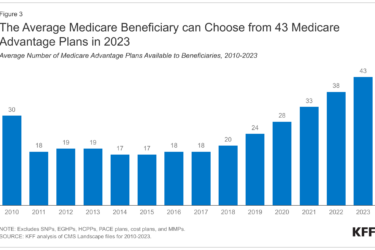As the population ages and costs continue rising, paying for long-term care is a big issue for middle class families. Some say long-term care insurance can be a solution, but there are significant issues associated with these products.
In the Minneapolis Star Tribune, Jackie Crosby reports that, “Trapped between fast-rising costs for care and weak returns on their investments, insurers have been raising long-term care premiums by double-digit percentages in Minnesota and nationwide.”
Long-term care coverage has been around since the 1970s, and gained popularity in the ’90s, when the government started offering tax incentives. According to Crosby, it’s getting more expensive now because of what one expert called “the perfect storm.”
Insurers set their rates on assumptions that some people would let their policies lapse. But people held on to policies longer than expected. And their claims are bigger because they’re living longer.
Low interest rates have had perhaps the biggest impact, because insurers planned to cover claims based on reserves they invested. When those investments fell short of expectations, insurers turned to policyholders to make up the difference.
State and federal officials see long-term care insurance as key to limiting the strain placed upon government health programs by America’s aging popular, Crosby writes, and they have thus “spent considerable energy trying to encourage the middle class to plan ahead with long-term care insurance, without much luck.”
The Obama administration last month scrapped the CLASS Act, a long-term care insurance program and major piece of federal health care reform. Minnesota launched a program in 2008 that allows median-income households that buy long-term care policies to shelter some assets if they apply for Medicaid. Still, only about 11 percent of people in the state have the insurance.
Even though the Medicaid program was designed as a safety net for people in poverty, middle-class seniors routinely deplete their assets and turn to the state.
In Minnesota, Medicaid pays about 40 percent of elderly long-term care. Costs could rise fivefold by 2035 to an “unsustainable burden” of $5 billion, according to a report last year from the Citizens League.









